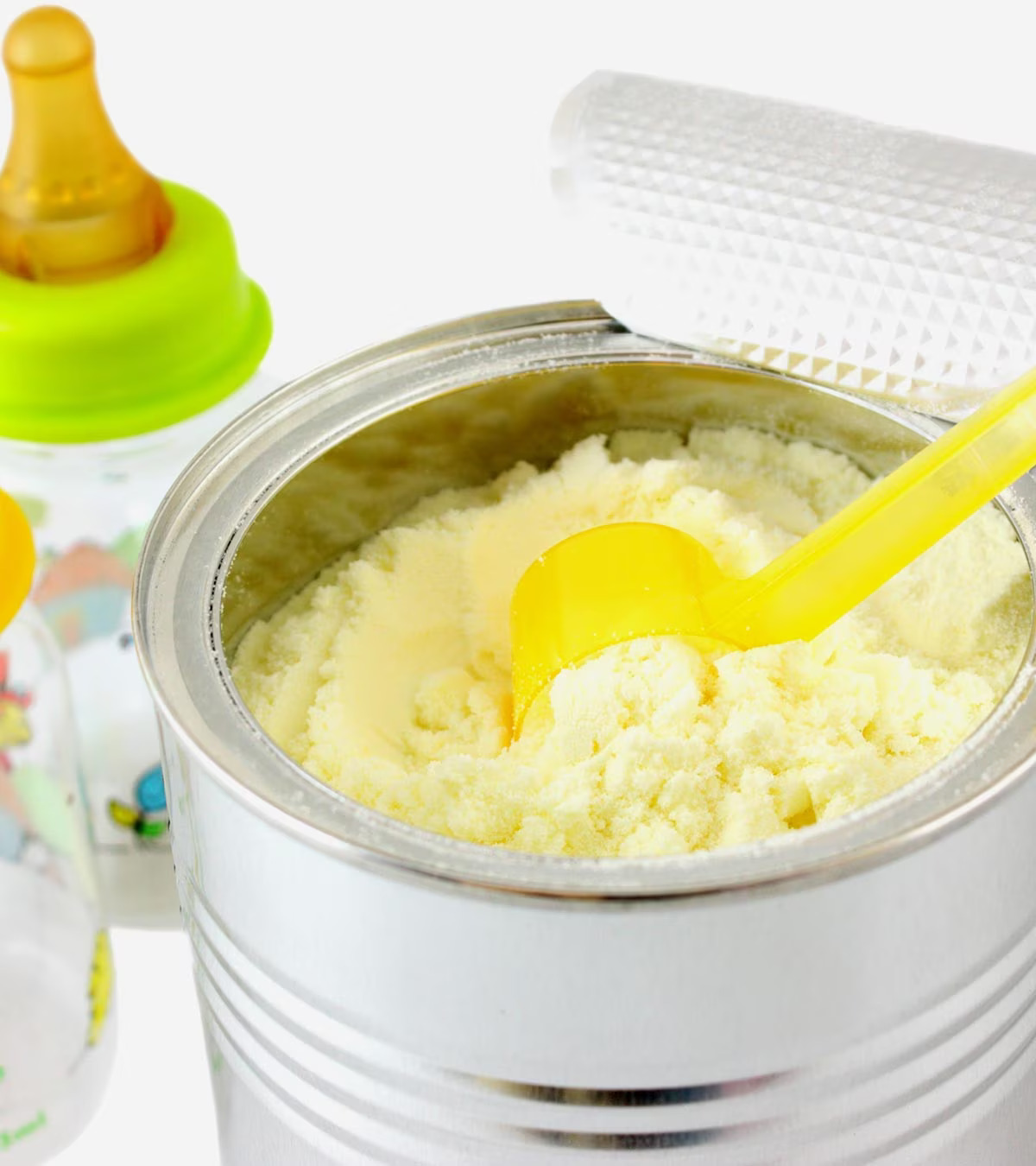

Articles
How To Store Baby Formula
Modified: January 18, 2024
Discover the best ways to store baby formula in our informative articles. Learn about proper storage methods to ensure your baby's health and freshness.
(Many of the links in this article redirect to a specific reviewed product. Your purchase of these products through affiliate links helps to generate commission for Storables.com, at no extra cost. Learn more)
Introduction
Welcome to the world of parenthood! As a new parent, one of the essential tasks you will encounter is preparing and storing baby formula. Whether you are using powdered formula or liquid concentrate, ensuring proper storage is crucial to maintain the quality and safety of the formula.
In this article, we will guide you through the steps on how to store baby formula effectively. From choosing the right container to freezing and thawing, we will cover all the necessary information to help you navigate the world of formula storage with ease.
Remember, following proper storage practices is not only important for the convenience of having formula readily available but also critical for your baby’s health and well-being. Let’s delve into the details and make sure you have everything you need to store baby formula properly!
Key Takeaways:
- Choose airtight, BPA-free containers with clear markings for safe and convenient baby formula storage. Multiple containers allow flexibility for different needs.
- Follow precise preparation and storage guidelines to ensure safe and nutritious baby formula for your little one’s well-being. Always prioritize your baby’s health.
Read more: How To Store Baby Formula Powder
Step 1: Choosing the Right Container
When it comes to storing baby formula, selecting the right container is essential. Here are a few factors to consider when making your choice:
- Airtight Seal: Look for containers with a tight seal to prevent air from getting in. This will help maintain the freshness of the formula and prevent moisture or contaminants from entering.
- Made of Safe Material: Ensure that the container is made of BPA-free and food-grade material. Avoid using plastic containers that may contain harmful chemicals that could seep into the formula.
- Measurement Markings: Opt for a container that has clear measurement markings. This will make it easier for you to portion out the right amount of formula when preparing a bottle.
- Compatibility with Heating: If you plan on using a bottle warmer or microwave to heat the formula, choose a container that is microwave-safe and can withstand heat without warping or releasing harmful chemicals.
There are various container options available in the market, ranging from specialized formula dispensers to glass jars with lids. Whichever container you choose, make sure it meets these criteria and fits your needs in terms of size and convenience.
Additionally, consider having multiple containers on hand. This will allow you to store different portions of formula for different scenarios, such as keeping smaller amounts for outings or larger amounts for overnight feeds.
By choosing the right container, you set the foundation for proper storage and ensure the formula remains fresh and safe for your little one. Now that you have the perfect container, let’s move on to the next step: preparing the formula!
Step 2: Preparing the Formula
Properly preparing the baby formula is crucial to ensure the safety and nutrition of your little one. Here are some guidelines to follow when preparing the formula:
- Wash Hands: Before preparing the formula, make sure to wash your hands thoroughly with soap and water.
- Read Instructions: Carefully read and follow the instructions provided by the formula manufacturer. Each brand may have specific guidelines for preparation.
- Measure Accurately: Use a clean, dry measuring scoop provided with the formula or a dedicated measuring spoon to ensure accurate measurement. Adding too much or too little water can affect the formula’s consistency and nutritional balance.
- Mix Gently: Fill the bottle with the appropriate amount of water at the recommended temperature and add the formula powder or liquid concentrate. Secure the bottle with a cap or lid and gently shake or stir until the formula is fully dissolved.
- Avoid Microwave Heating: Avoid heating the formula in the microwave, as it can create uneven hot spots that may burn your baby’s mouth. Instead, use a bottle warmer or warm water bath to heat the prepared formula if needed.
- Feed Immediately or Store: Once the formula is prepared, it should be fed to your baby promptly. If you have leftover formula or need to store it for later use, follow the proper storage guidelines to maintain its quality.
Remember, it’s important to always use fresh formula and prepare it according to the manufacturer’s instructions. Using expired formula or preparing it incorrectly can put your baby’s health at risk. By following these steps, you can ensure that your baby receives a safe and nutritious feeding every time.
Now that you’ve prepared the formula, let’s move on to the next step: storing the formula at room temperature.
Step 3: Storing Formula at Room Temperature
Storing the formula properly at room temperature is important to maintain its freshness and safety. Here’s what you need to know:
- Time Limit: If you are using powdered formula, it is generally safe to keep it at room temperature for up to 2 hours. However, it is best to consult the instructions provided by the formula manufacturer as different brands may have specific recommendations.
- Keep it Covered: When storing the formula at room temperature, ensure that the container is tightly sealed to prevent any contaminants from entering. This will help maintain the quality and safety of the formula.
- Choose a Cool Location: Find a cool and dry place away from direct sunlight to store the formula. Exposure to heat and sunlight can degrade the quality of the formula and may affect its nutritional content.
- Discard Unused Formula: If your baby doesn’t finish a bottle of formula within the recommended time limit, it’s important to discard the remaining formula. This is to avoid the risk of bacterial growth, which can lead to foodborne illnesses.
It’s important to note that once a bottle of formula has been prepared and left at room temperature, it should not be refrigerated or reheated. It should be used within the specified time limit or discarded if not consumed.
By following these guidelines, you can safely store the formula at room temperature and ensure that it remains fresh and safe for your baby to consume. Now, let’s move on to the next step: storing formula in the refrigerator.
Step 4: Storing Formula in the Refrigerator
When it comes to storing baby formula, the refrigerator can be a convenient option, especially if you want to prepare larger quantities in advance. Here’s how to store formula in the refrigerator:
- Refrigeration Guidelines: It is recommended to refrigerate prepared formula within 2 hours of preparation. This helps maintain the freshness and safety of the formula.
- Store in the Right Container: Transfer the prepared formula into a clean, airtight container specifically designed for storing liquids. Make sure the container is BPA-free and food-grade to ensure the formula’s safety.
- Label and Date: It’s important to label the container with the date of preparation. This will help you track the freshness of the formula and ensure that you use it within the recommended time frame.
- Temperature Setting: Set your refrigerator to a temperature of 40°F (4°C) or below to ensure that the formula stays safe and fresh. Avoid placing the formula in the refrigerator door as it experiences temperature fluctuations when opened frequently.
- Time Limit: The prepared formula can typically be stored in the refrigerator for up to 24 hours. However, it’s best to refer to the formula manufacturer’s instructions for specific guidelines as different brands may have variations in recommendations.
- Discard Unused Formula: If there is any unused formula still remaining in the bottle after a feeding, it’s important to discard it. Bacteria from the baby’s mouth can contaminate the formula, making it unsafe for future use.
Remember to always check the formula for any signs of spoilage, such as an off smell or unusual consistency, before feeding it to your baby. If you notice any changes, discard the formula immediately.
Storing formula in the refrigerator can be a convenient option for busy parents, allowing you to prepare larger quantities in advance. By following these guidelines, you can ensure that the formula remains safe and fresh for your baby’s consumption.
Now, let’s move on to the next step: freezing formula for longer-term storage.
Store baby formula in a cool, dry place, away from direct sunlight and heat sources. Once opened, use the formula within one month and always follow the manufacturer’s storage instructions.
Read more: How To Store Powder Formula
Step 5: Freezing Formula
If you want to store formula for an extended period, freezing is a viable option. Freezing helps to preserve the formula’s freshness and nutritional value. Here’s how to freeze baby formula:
- Preparation: Prepare the formula as per the manufacturer’s instructions, ensuring that it is properly mixed and free of any clumps.
- Transfer to Freezer-Safe Containers: Pour the prepared formula into clean, freezer-safe containers. It is advisable to use individual portions if you don’t intend to thaw and use the entire batch at once. Freezer-safe bags or ice cube trays are also an option for smaller portions.
- Label and Date: Label each container or bag with the date of preparation. This will allow you to keep track of the storage time and use the oldest ones first.
- Store in Freezer: Place the containers or bags in the freezer, ensuring they are positioned correctly to prevent leaks or spills. Keep the temperature at or below 0°F (-18°C) to maintain the quality of the formula.
- Freezing Time Limit: Frozen baby formula can typically be stored for up to 2 months. However, it is recommended to check the formula manufacturer’s guidelines for specific time limits, as they may vary between brands.
It’s important to note that freezing may affect the texture and consistency of the formula. Thawed formula may become thinner or grainy. However, this does not affect its nutritional value or safety.
When you are ready to use frozen formula, thaw it in the refrigerator overnight or under warm running water. Gently swirl or stir the thawed formula to ensure it is properly mixed before feeding it to your little one.
Remember to never refreeze thawed formula. If there is any remaining formula after feeding your baby, discard it to prevent the risk of bacterial growth.
Freezing formula can be a great option for parents who want to stock up or have a backup supply on hand. By following these guidelines, you can safely freeze formula and ensure its quality for future use.
Now, let’s move on to the next step: thawing and using frozen formula.
Step 6: Thawing and Using Frozen Formula
Thawing frozen formula properly is essential to ensure that it is safe and ready for your baby’s consumption. Here’s how to thaw and use frozen formula:
- Thawing in the Refrigerator: The safest method to thaw frozen formula is by placing it in the refrigerator. Remove the desired portion of frozen formula from the freezer and place it in the refrigerator overnight. This slow thawing process allows the formula to thaw evenly and maintain its nutritional integrity.
- Thawing in Warm Water: If you need to thaw the formula quickly, you can submerge the container in a bowl of warm water. Make sure the container is securely sealed to prevent water from entering. Gently swirl or agitate the container periodically to aid the thawing process. Avoid using hot water as it may cause the formula to overheat.
- Thawing in a Bottle Warmer: Another convenient option is to use a bottle warmer to thaw the frozen formula. Follow the manufacturer’s instructions for the recommended settings and duration. Remember to test the temperature of the formula before feeding it to your baby.
- Stir and Test: Once the frozen formula has thawed completely, give it a gentle stir to ensure that it is well-mixed. Test the temperature by dripping a few drops on your inner wrist. The formula should feel lukewarm, not too hot or too cold.
- Feeding: Once thawed and properly mixed, the formula is now ready for feeding. Pour the desired amount into a sterilized bottle and feed your baby as you normally would.
It’s crucial to use thawed formula within 24 hours of thawing. Any unused portion should be discarded to prevent the risk of bacteria growth and ensure your baby’s safety.
Remember to never refreeze thawed formula, as it can lead to a decline in quality and potentially compromise your baby’s health. For convenience, it is best to thaw smaller portions that can be consumed within a single feeding.
By following these guidelines, you can safely thaw and use frozen formula, providing your baby with a safe and nutritious feeding. Now, let’s move on to the final step: discarding unused formula.
Step 7: Discarding Unused Formula
Knowing when and how to properly discard unused formula is crucial for maintaining your baby’s health and safety. Here are some guidelines to follow when discarding unused formula:
- Time Limit: Once formula is prepared or thawed, it should be used within a specific time limit. Generally, prepared or thawed formula can be safely stored in the refrigerator for up to 24 hours. However, it’s essential to refer to the formula manufacturer’s guidelines for precise time limits, as they may vary for different brands.
- Observe for Spoilage: Before feeding your baby or storing the prepared formula, always check for any signs of spoilage. This includes foul odors, unusual texture, or discoloration. If you notice any changes, discard the formula immediately as it may be contaminated and unsafe for consumption.
- Throw Away Excess Formula: To reduce the risk of bacterial growth, it is important to discard any unused formula remaining in the bottle after a feeding. This is especially crucial if your baby has directly consumed from the bottle, as saliva can introduce bacteria to the formula.
- Avoid Reusing Bottles: Do not reuse bottles or containers that have had formula sitting out at room temperature or have been refrigerated for an extended period. Bacteria can multiply rapidly in these conditions, posing a health risk to your baby.
- Proper Disposal: When discarding unused formula, empty it into the sink or toilet and rinse the container thoroughly. Dispose of the container according to local waste disposal guidelines. It is important to note that formula should not be poured directly into the sink if you have a septic system, as it can disrupt the system’s balance.
By following these guidelines, you can ensure that your baby is consuming fresh and safe formula while minimizing the risk of bacterial contamination. It’s essential to prioritize your baby’s health and adhere to proper storage and disposal practices.
Congratulations! You have now learned all the necessary steps to store baby formula properly. By choosing the right container, preparing the formula correctly, and following the recommended storage methods, you can ensure your baby receives a safe and nutritious feeding each time.
Remember, it’s always a good idea to consult your pediatrician or healthcare provider for specific recommendations regarding formula preparation and storage, especially if your baby has any unique dietary needs or health concerns.
Now you’re all set to confidently navigate the world of baby formula storage. Happy parenting!
Conclusion
Properly storing baby formula is essential to ensure the freshness, safety, and nutritional integrity of the formula. By following the steps outlined in this article, you can confidently store and prepare formula for your little one. From choosing the right container to discarding unused formula, every step plays a crucial role in maintaining the quality of the formula.
Remember to select containers that are airtight, made of safe materials, and have clear measurement markings. This will help you accurately portion out formula and keep it fresh. Whether you store formula at room temperature, in the refrigerator, or in the freezer, ensure that you follow the suggested time limits and keep it in a cool and dry place away from direct sunlight.
When preparing the formula, measure accurately and mix gently to ensure proper dissolution of the powder or concentrate. Avoid using the microwave for heating the formula, as it can create hot spots. Instead, use a bottle warmer or warm water bath to heat the prepared formula if needed.
It is important to follow the guidelines for storing and thawing frozen formula. Thawing in the refrigerator or using warm water are safe methods to ensure the formula remains fresh and safe for your baby’s consumption.
Lastly, pay attention to expiration dates, signs of spoilage, and discard any unused formula within the recommended time limits. By doing so, you prioritize your baby’s health and safety.
Always consult your pediatrician or healthcare provider for specific recommendations based on your baby’s needs. They can provide personalized guidance on formula selection, preparation, and storage.
With the knowledge gained from this article, you can confidently store and prepare baby formula, ensuring that your little one receives safe and nutritious feedings every time. Enjoy this special bonding time with your baby and embrace the joy of parenthood!
Frequently Asked Questions about How To Store Baby Formula
Was this page helpful?
At Storables.com, we guarantee accurate and reliable information. Our content, validated by Expert Board Contributors, is crafted following stringent Editorial Policies. We're committed to providing you with well-researched, expert-backed insights for all your informational needs.
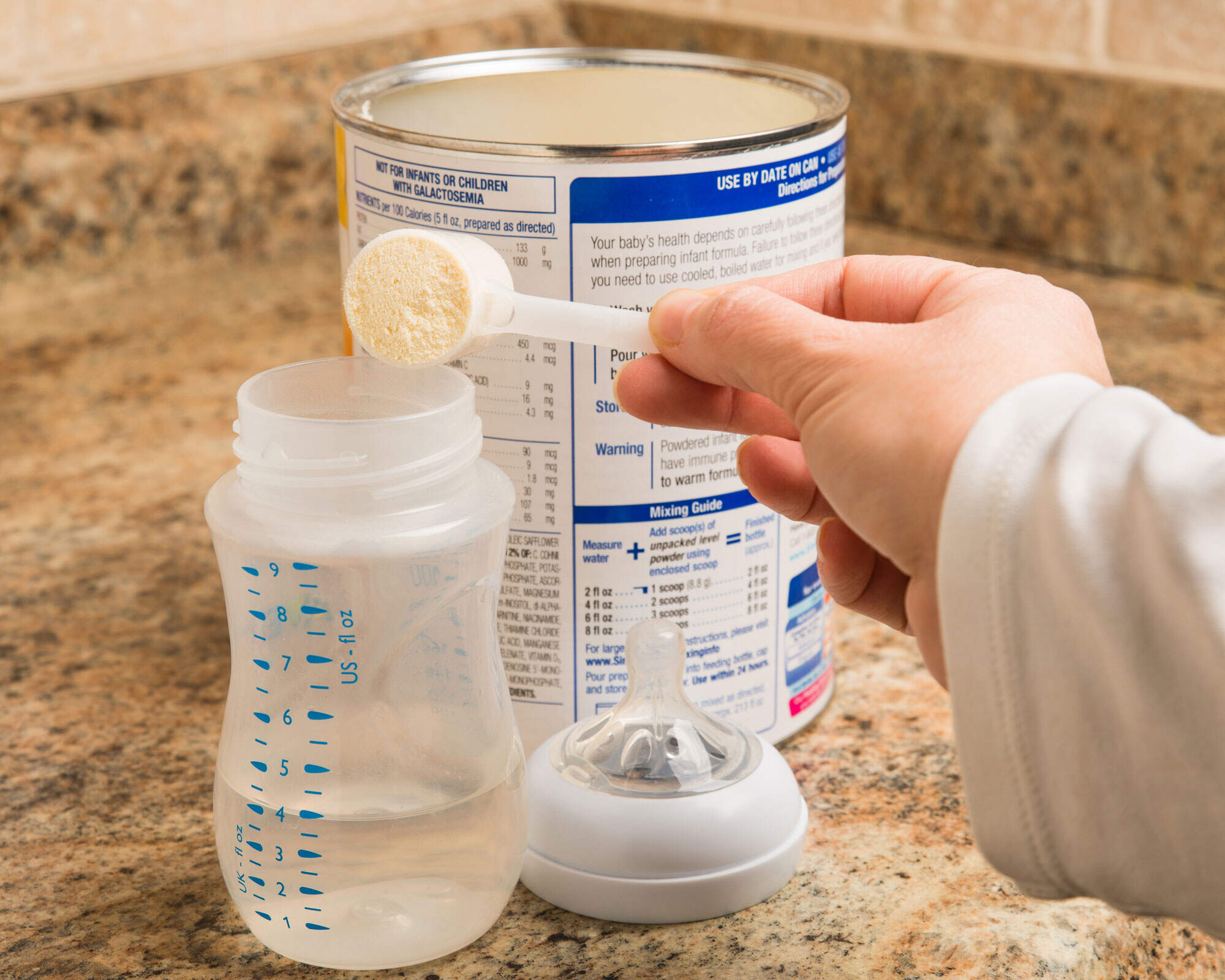
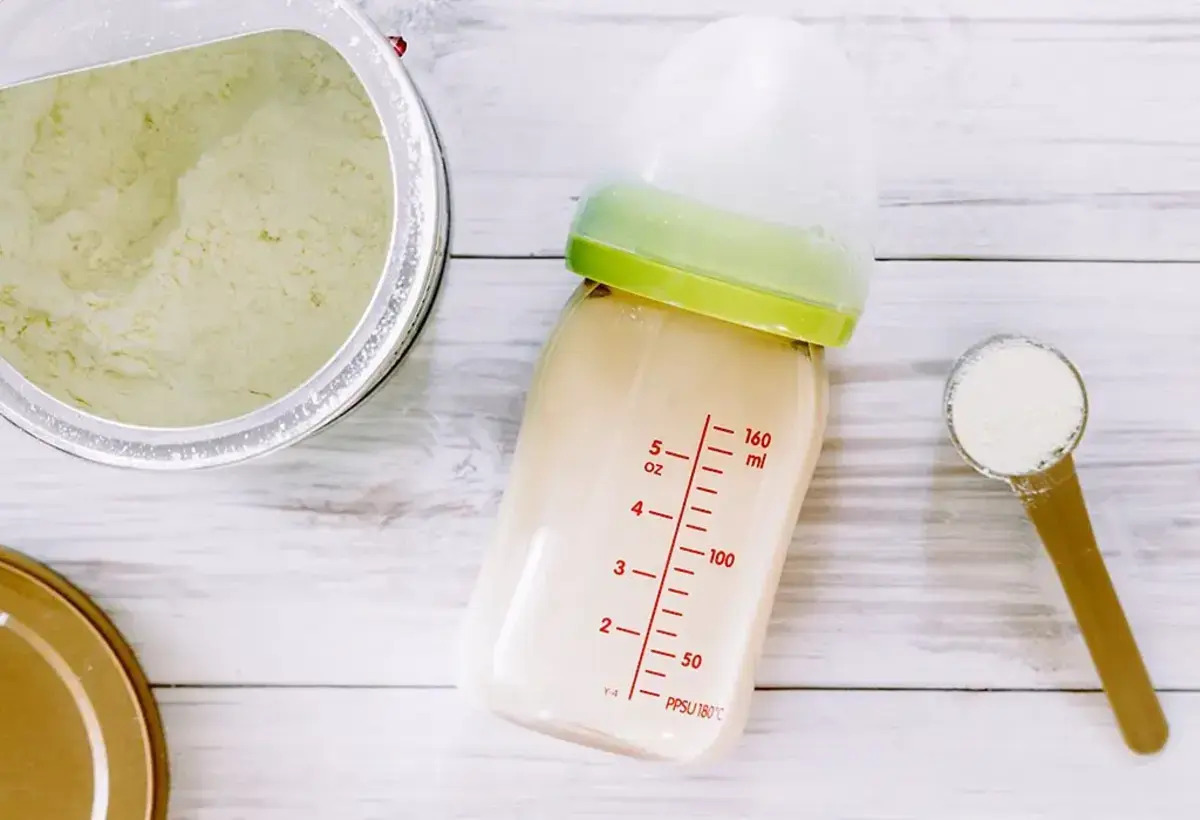
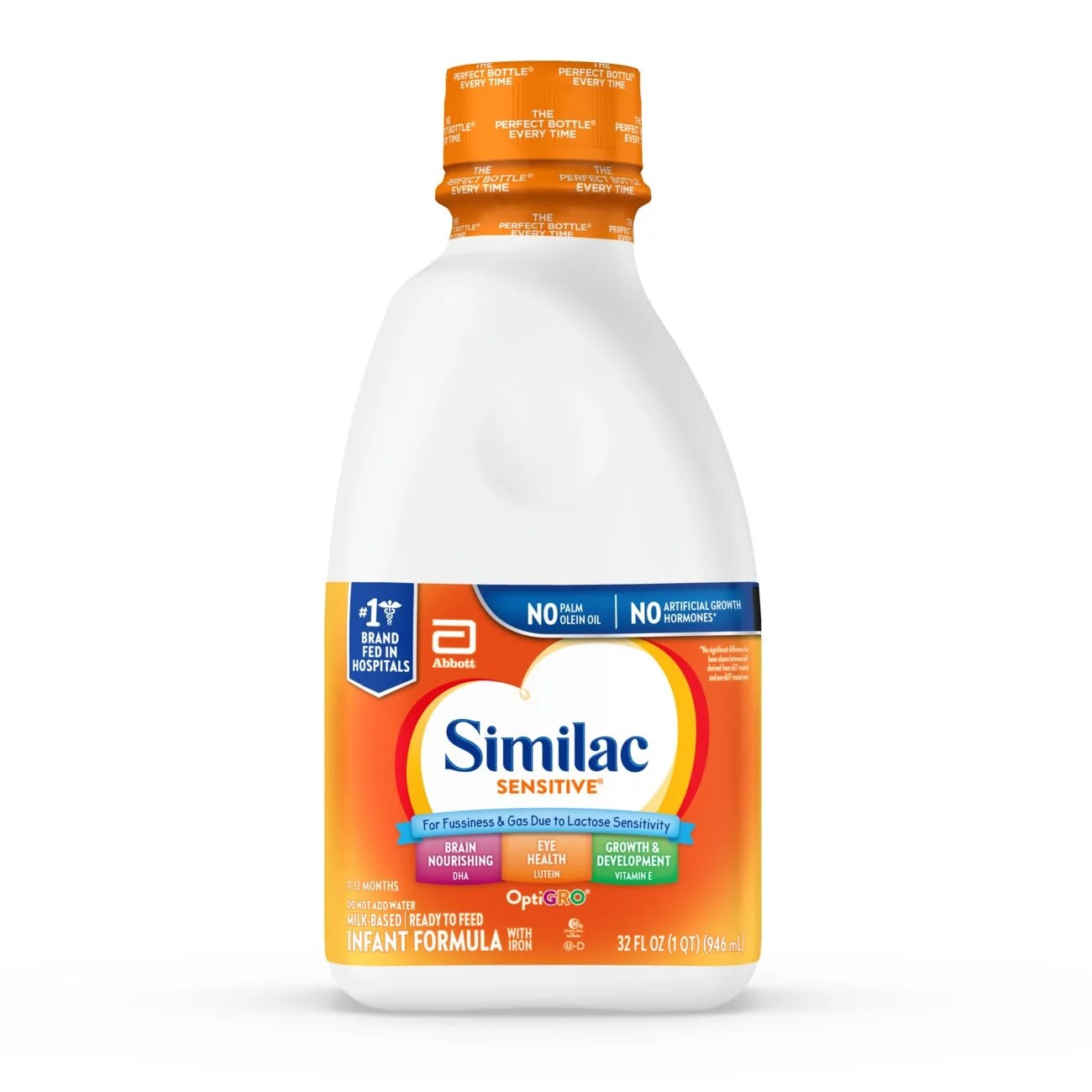
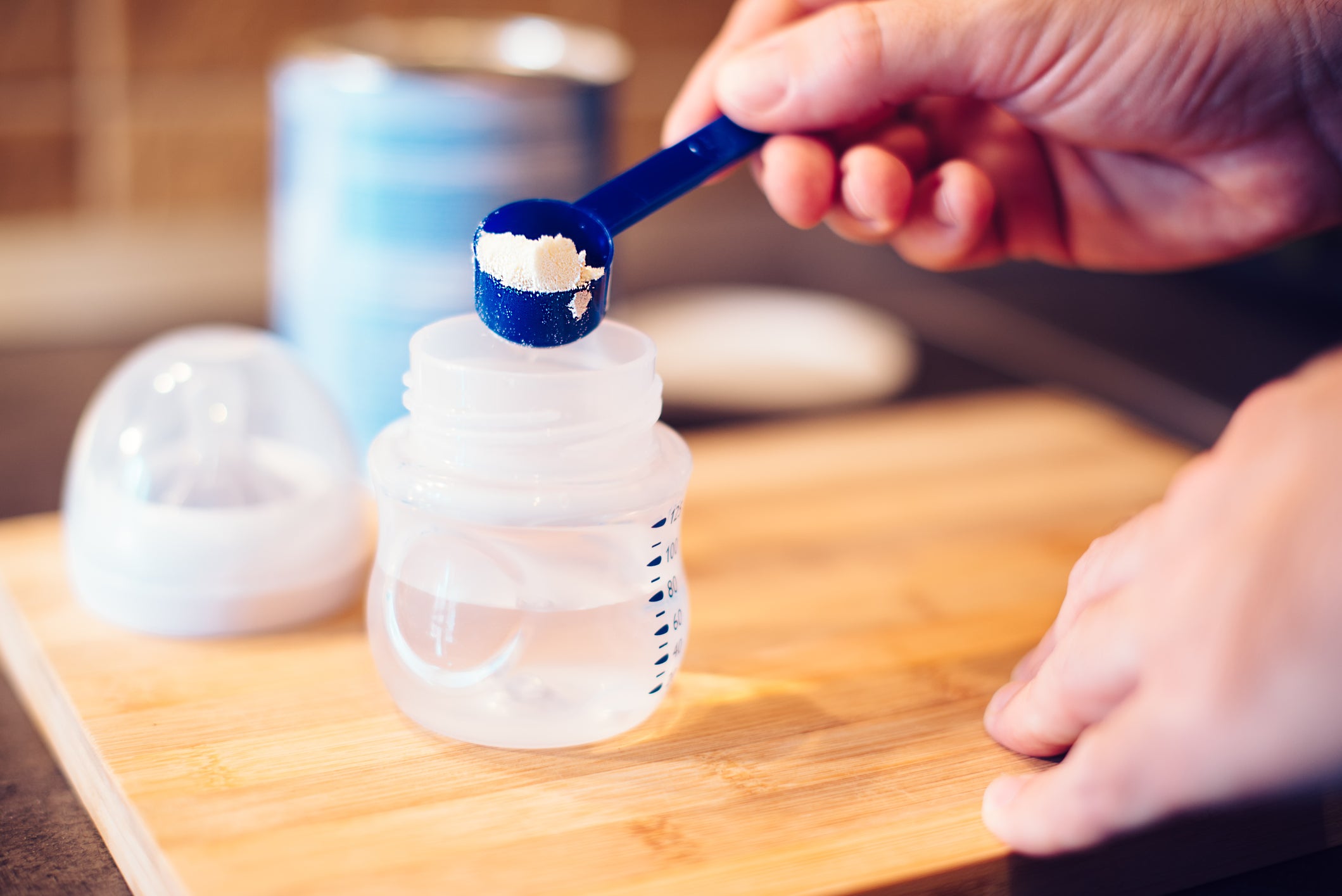
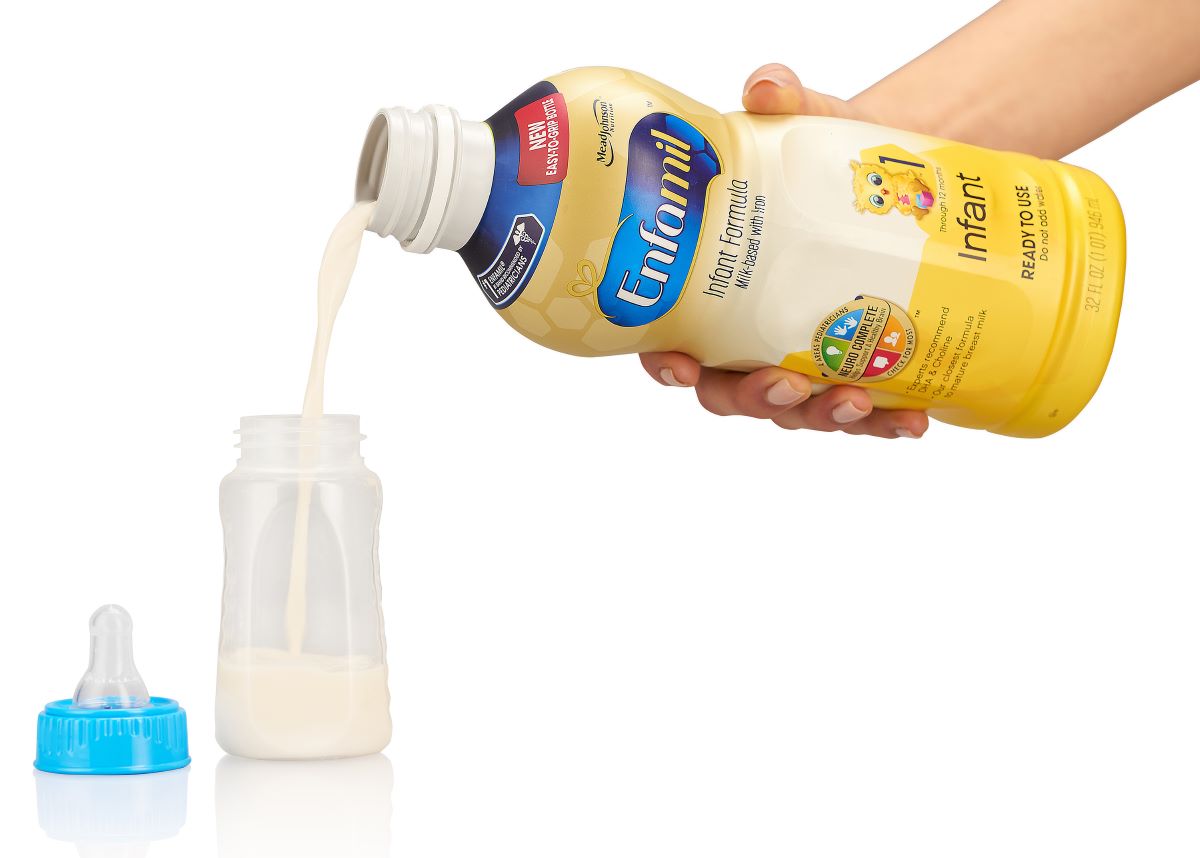
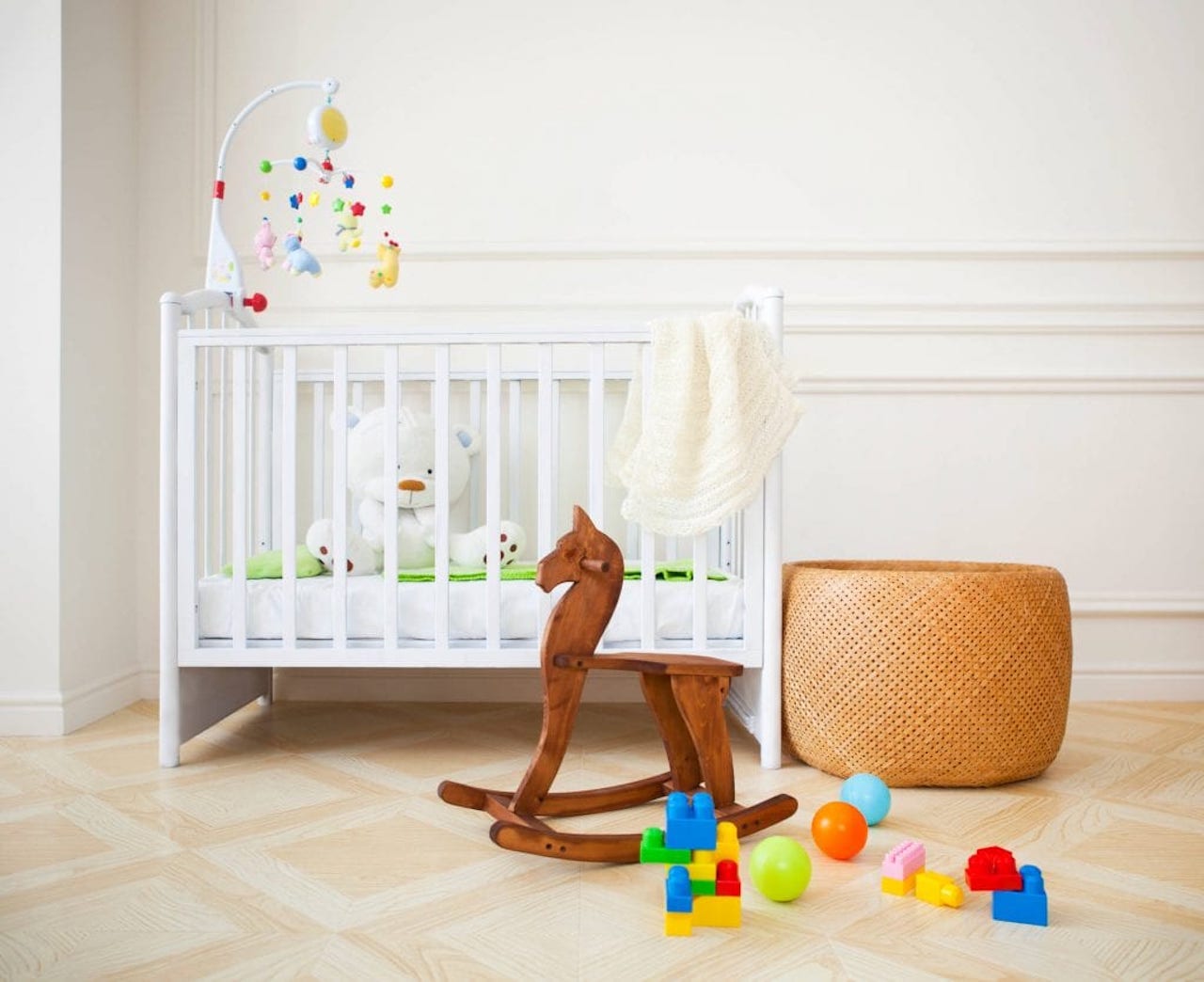
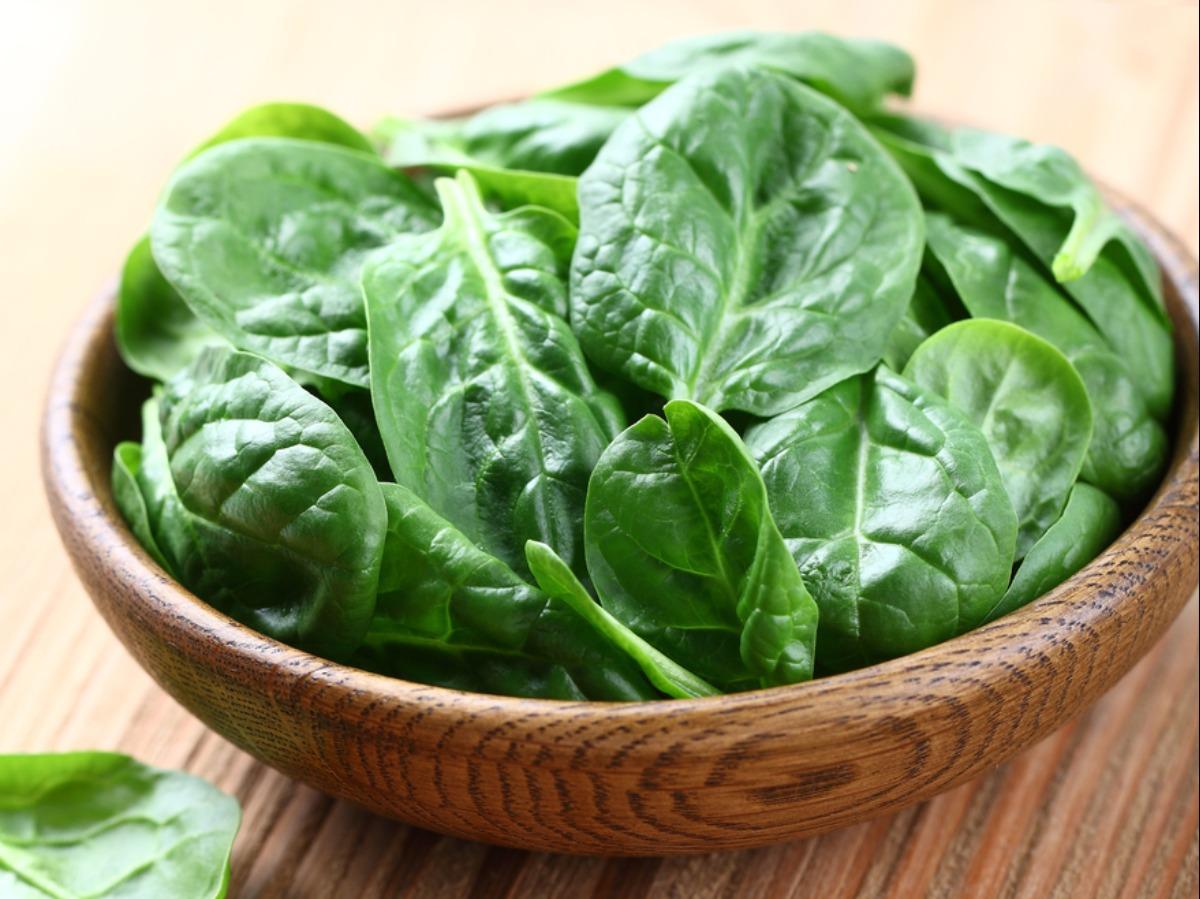
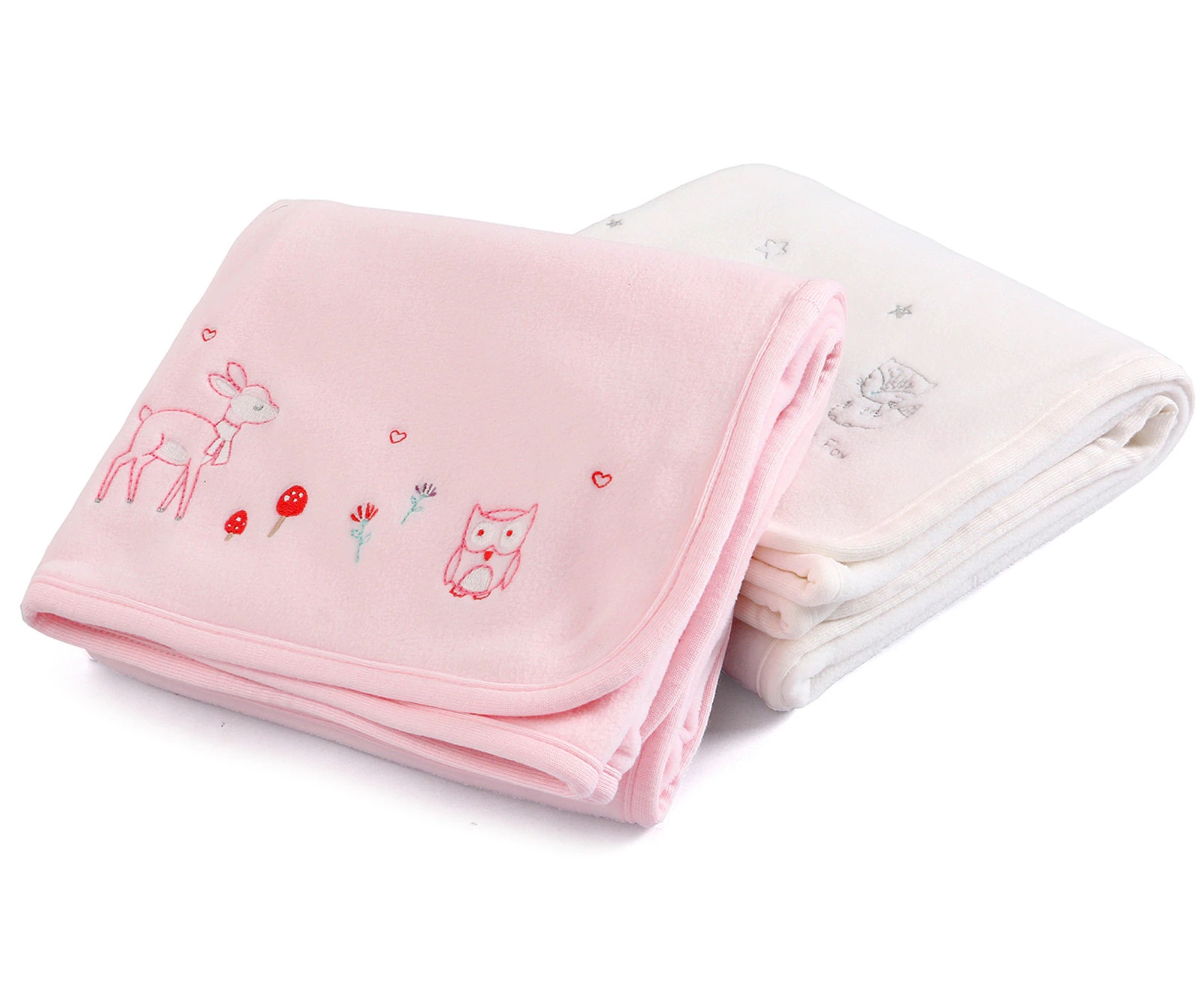
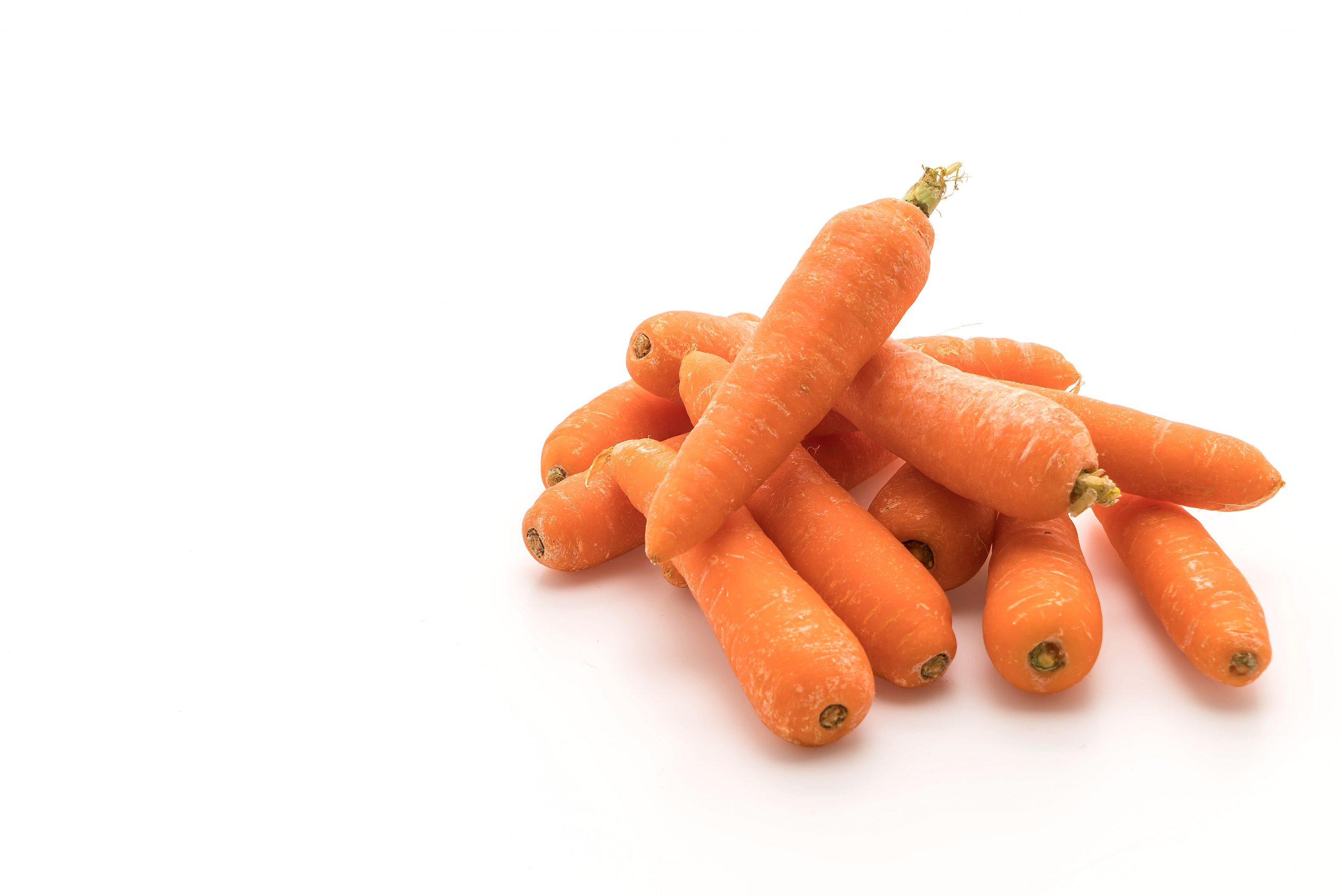
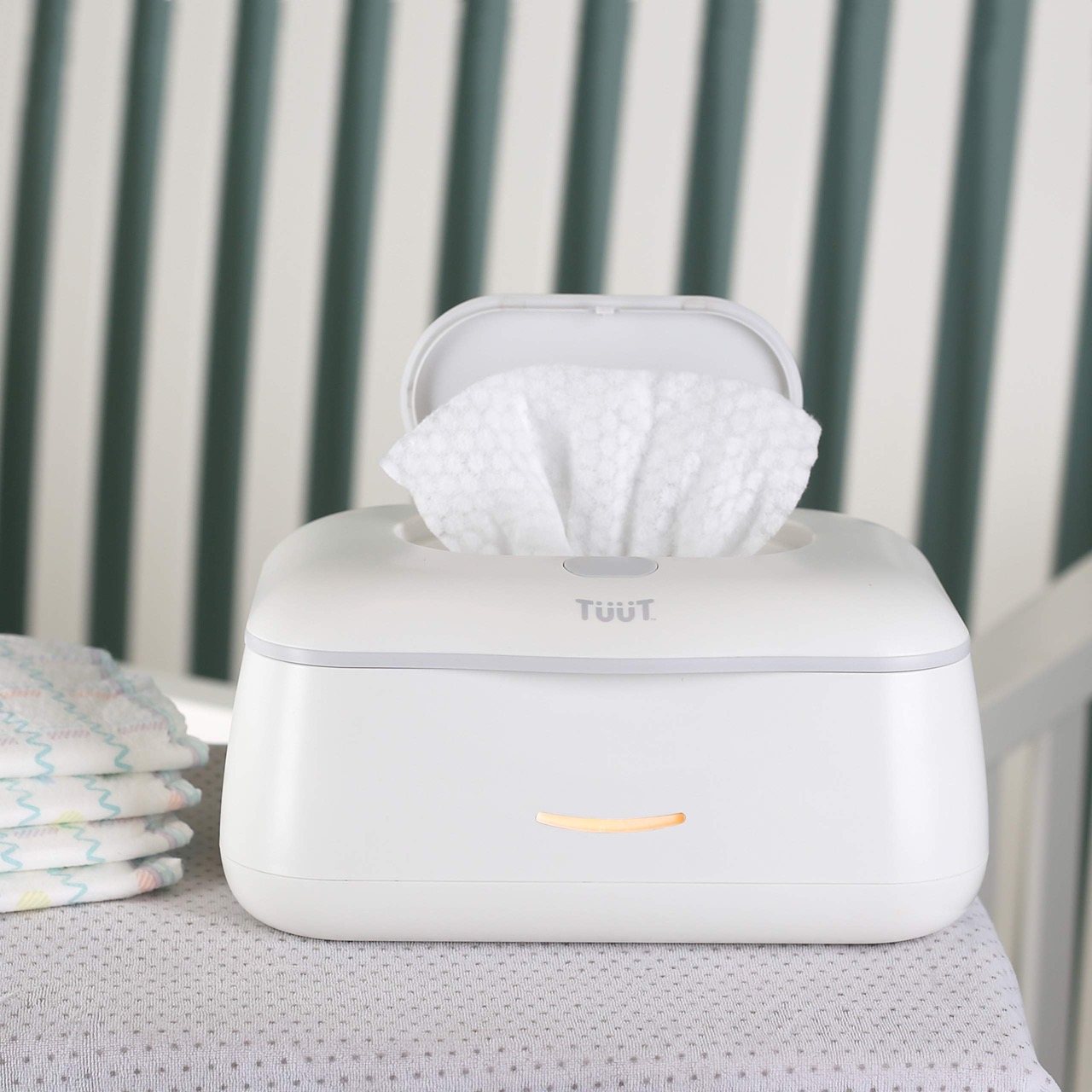
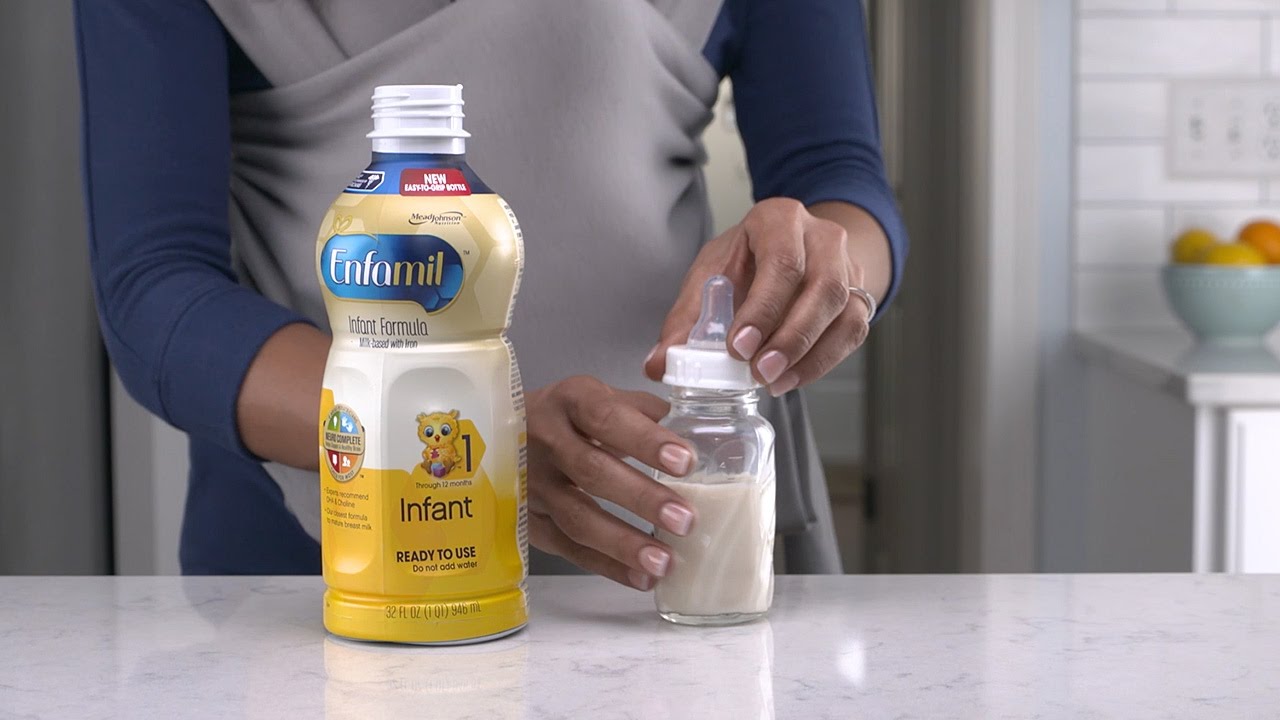
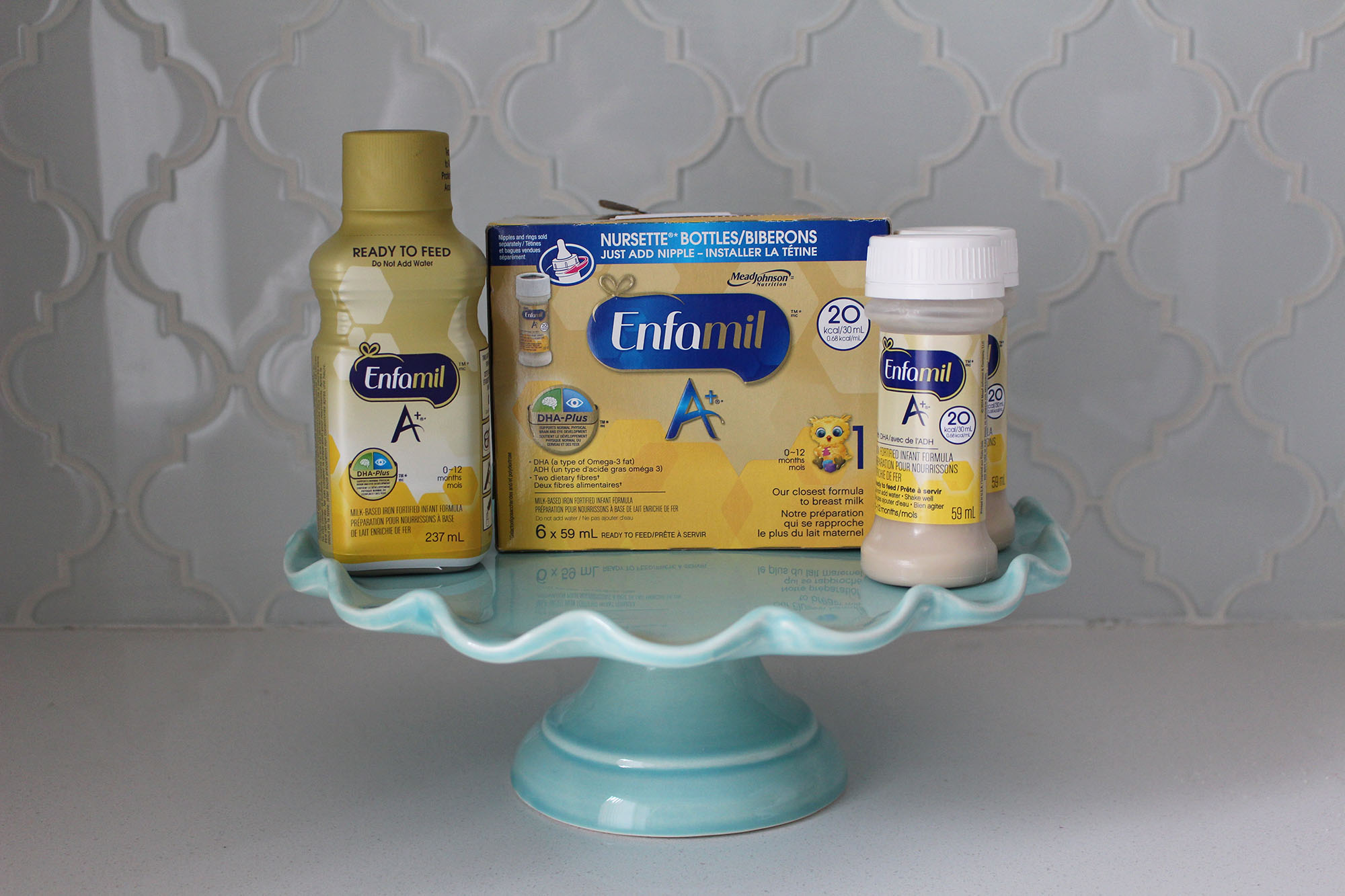
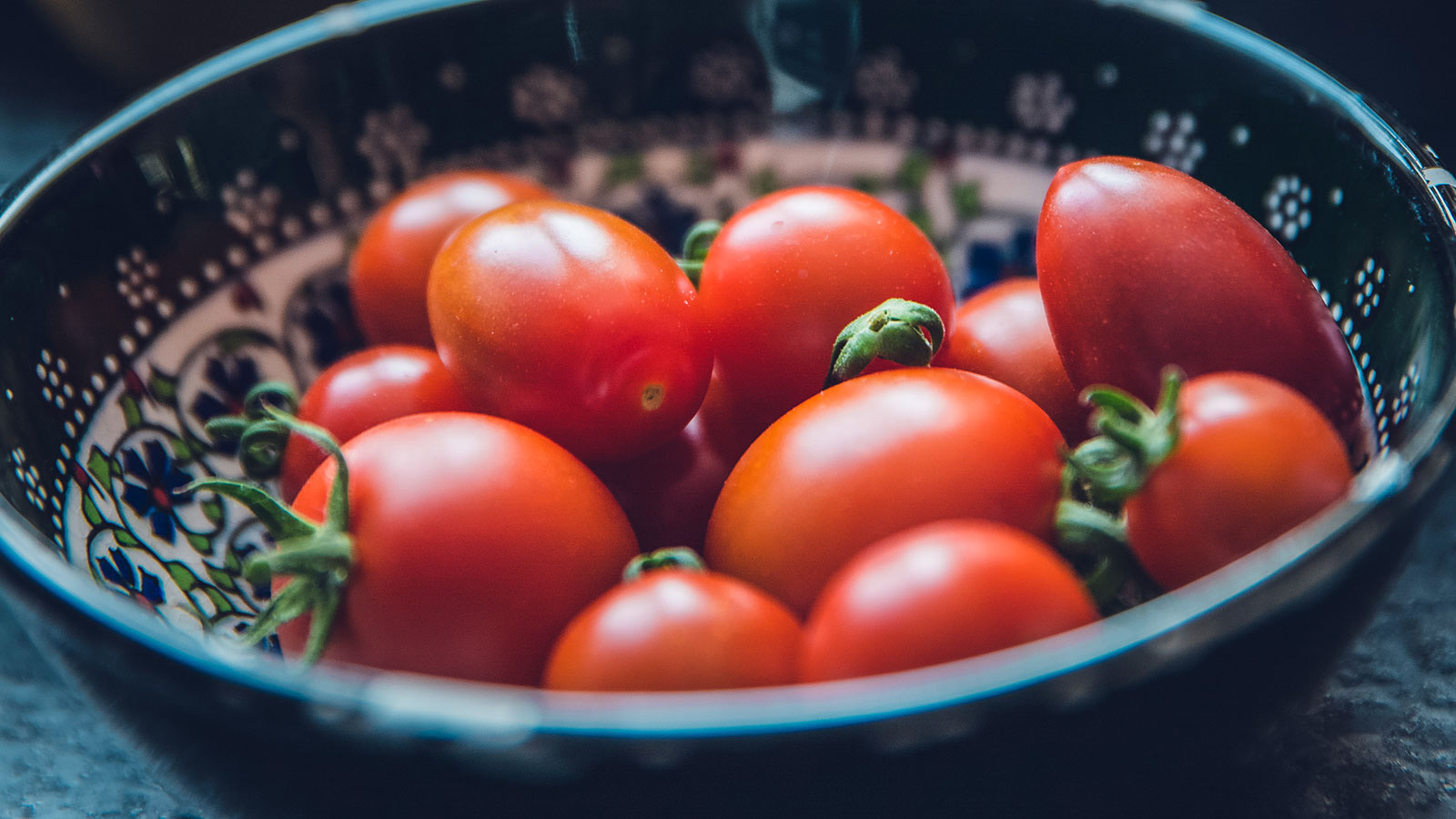
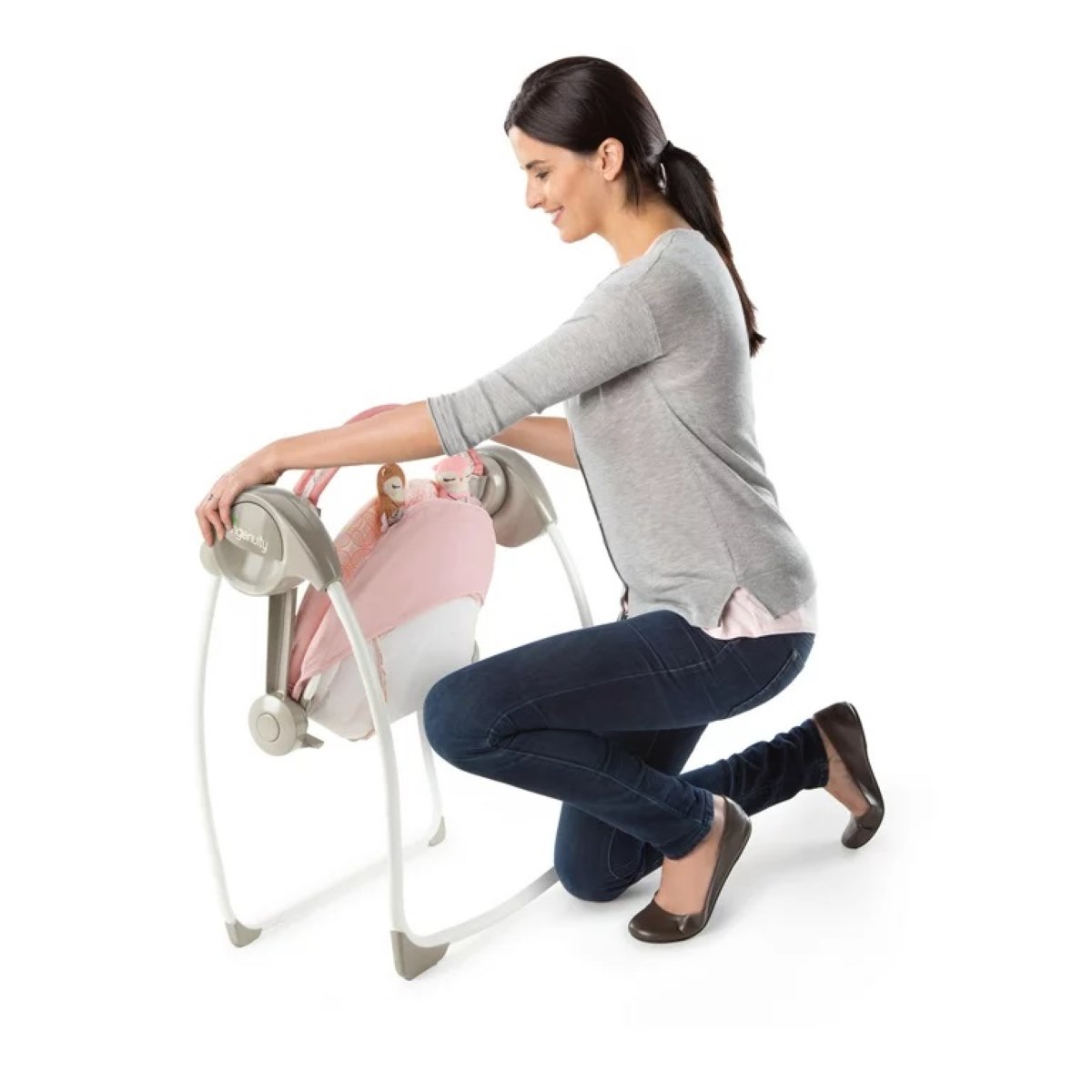

0 thoughts on “How To Store Baby Formula”